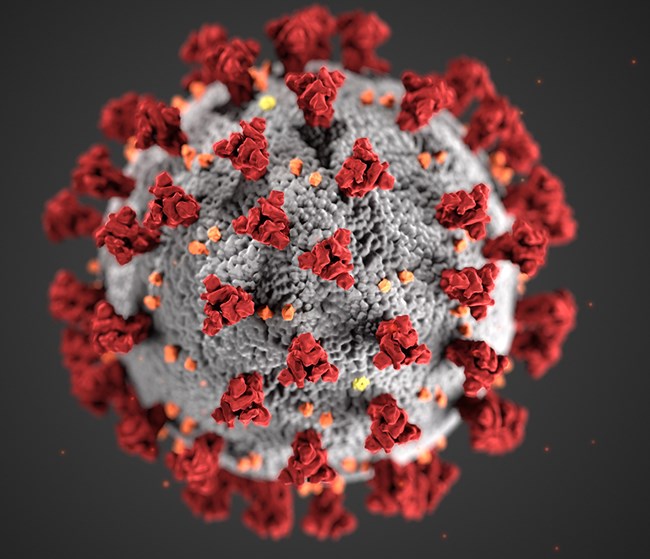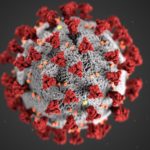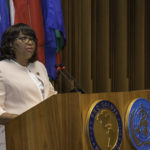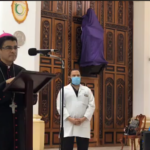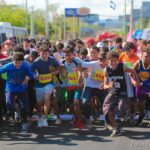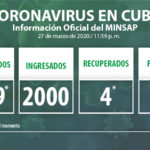It has been 24 days since Nicaraguan Vice President Rosario Murillo announced the country’s first COVID-19 case. Since then, the government’s erratic actions have puzzled many an observer, from journalists, to human rights defenders, to the director of the Pan American Health Organization (PAHO), who described Nicaragua’s public response as lacking in “adequate prevention and control.”
Daniel Ortega, Nicaragua's dictator, has not been seen in public for 29 days, an absence worthy of the heyday of the Kremlin and an insult to Nicaraguans who are grappling with coronavirus https://t.co/aUcxMyNYiy
— Michael Reid (@michaelreid52) April 10, 2020
While the world faces the most serious pandemic in a century, Ortega couldn't care less and his government is responding with tactics that blatantly contradict health experts and put Nicaraguan’s lives at risk. https://t.co/gKpNViWFYL
— José Miguel Vivanco (@JMVivancoHRW) April 10, 2020
Ben Gallo '17 and Briana Christophers '17 co-authored “Love in the time of COVID-19: negligence in the Nicaraguan response” to shed light on the current situation in Nicaragua. https://t.co/r2Tbyeekxz #TigersHelping pic.twitter.com/rqT90tc0OE
— Princeton Alumni (@princetonalumni) April 9, 2020
The Ortega-Murillo government brushes off all criticism, by essentially ignoring it and pressing ahead. Each day, the Ministry of Health (MINSA) issues a new briefing, announcing that Nicaragua has even less cases than the day before, but only because cumulative data is never provided.
Today’s briefing acknowledged four cases, described as “imported”. “One is recuperating; two are stable and being cared for; one is in a delicate state,” said Carlos Sáenz, MINSA’s secretary general, who read the official statement.
He took no questions, as is customary during MINSA press events.
MINSA does not disclose testing information, so it is impossible to know whether or not community spread is occurring. Nevertheless, MINSA insists that it isn’t. The official line is that all cases are “imported”. Today’s update was no exception; it described one of patients as “a male 33-year-old citizen, who was in contact with other nationalities,” a circuitous way of saying “imported case.”
Nicaragua NO presenta transmisión local comunitaria de Covid-19
👉 https://t.co/s7uqnD8hPS#Canal4Noticias pic.twitter.com/YtGU13yZ4J— Canal 4 Nicaragua (@Canal4Ni) April 11, 2020
Transmission categories include no cases, sporadic cases, clusters of cases, and community transmission. Country classifications are reviewed and updates every week, and may “be upgraded or downgraded as new information becomes available.”
Nicaragua is the only country in the Americas where the WHO uses “pending” as a transmission category, and It is among 50 nations and territories to which the label has been applied. These include Spain, Italy, Germany, and France, where restrictions seem to be slowing down the spread, and South Sudan, a country with “one of the weakest healthcare systems in the world.”
MINSA estimated that Nicaragua could experience as many as 32,000 cases over the next six months. Of these, approximately 8,000 would be severe, and about 800 people could die, according to an official preparation protocol document that was leaked to Confidencial.
The document’s authenticity was confirmed this week, when it was quoted by the Inter American Development Bank (IADB) in a report on the impact of COVID19 in Central America, Haiti, Mexico, Panama, and the Dominican Republic.
The IADB’s report suggests that COVID-19 is likely to lead to further economic contraction in Nicaragua. National authorities have yet to enact economic policies to ameliorate the effects. The country has no unemployment insurance, no paid sick leave, and no safety net for thousands of people in the informal economy.
President Daniel Ortega has yet to address the Nicaraguan people about COVID-19. His last public appearance was on March 12, when he participated in a virtual meeting called by the Central American Integration System (SICA) to discuss the pandemic.
Ortega’s last press conference was on January 10, 2007, almost 5,000 days ago.
